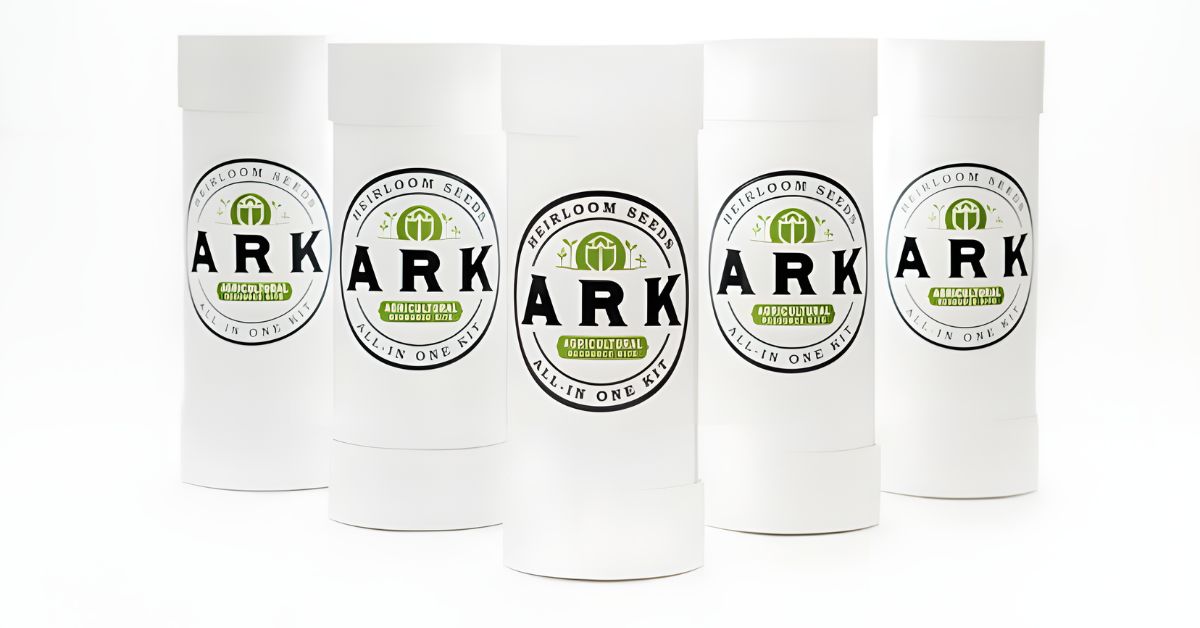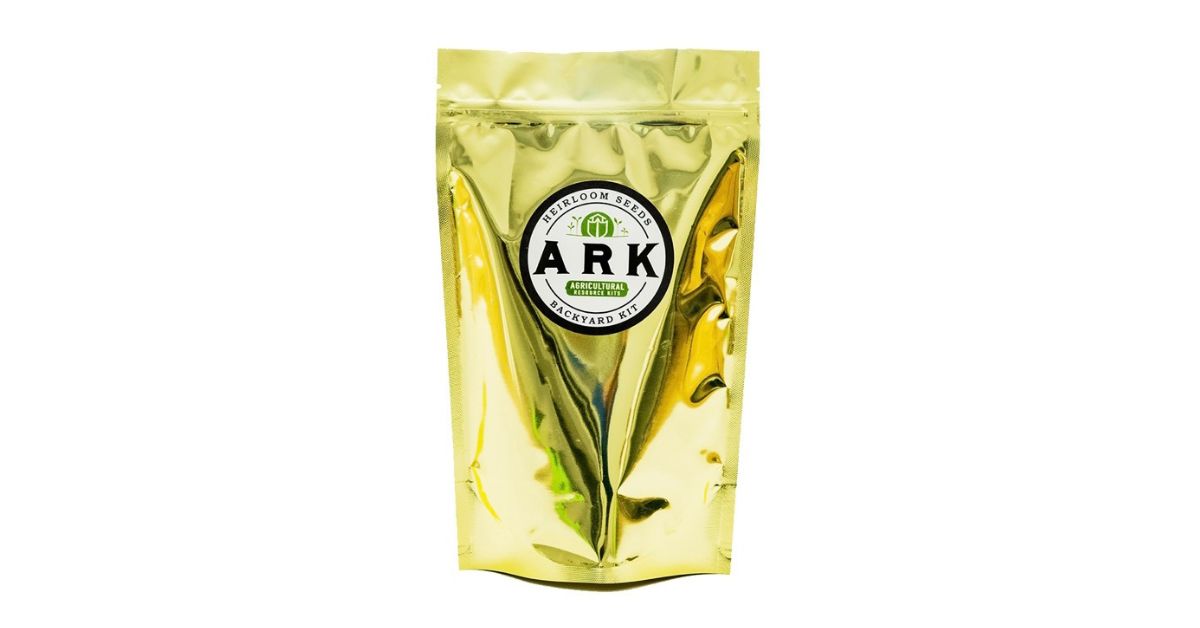
Create a Pollinator-Friendly Backyard With Heirloom Flowers
08:27 AMOne of the most impactful ways to support the environment is to create a pollinator-friendly backyard with heirloom flowers. Bees, butterflies, hummingbirds, and other pollinators are essential in sustaining the ecosystems and food supplies. However, their habitats keep rapidly diminishing due to urbanization, climate change, and modern agricultural practices.
By introducing these types of flowers to your garden, you can provide these creatures with food, shelter, and breeding spaces. Heirloom flowers are natural, non-hybridized plants that offer a diverse range of colors, fragrances, and nectar-rich blooms.
Cultivating a space like this can be fulfilling and rewarding, whether you are a seasoned gardener or a beginner. This guide will walk you through the steps of creating a haven for pollinators, helping your garden thrive, and giving you a sense of accomplishment.
Understanding Heirloom Flowers and Their Benefits
Heirloom flowers possess historical significance and genetic stability. These plants are open-pollinated, meaning you can save and replant their seeds year after year.
Unlike modern hybrids, they retain their purity and characteristics for generations. Their high nectar content makes them irresistible to a range of pollinators. These are some of the benefits that make them the perfect addition to your backyard:
- Rich, vibrant colors and fragrances: Heirloom flowers are popular for their stunning, natural colors and potent fragrances, offering unmatched beauty and a sensory feast for garden enthusiasts.
- Support for pollinators: These flowers provide a much-needed source of nectar and pollen for pollinators, aiding in the health and reproduction of these essential species.
- Enhanced biodiversity: By growing heirloom flowers, you help sustain the genetic diversity of plant species, which is critical for ecological balance and resilience.
- Environmental sustainability: Many heirloom varieties are naturally resistant to pests and diseases, reducing the need for synthetic pesticides or fertilizers, making them ideal for eco-friendly gardening.
- Cultural and historical preservation: Heirloom flowers carry a rich history, often specific to regions or communities, allowing gardeners to connect with and preserve agricultural traditions.
- Resilient and adaptive plants: These flowers are hardy and well-adapted to local climates. Their resilience ensures they thrive with less maintenance and withstand varying environmental conditions.
Selecting the Right Heirloom Flower Varieties
Selecting the right heirloom flower varieties is essential for attracting a diverse range of pollinators. Vibrant golden sunflowers, lavender sprigs, and fragrant sweet peas are exceptional choices for beginners. Bees prefer white, yellow, and blue hues, while butterflies prefer bright reds and purples.
Arrange a mix of flowering times to provide a consistent supply of nectar and pollen sources. Consider combining spring-blooming tulips with autumn-flowering asters for a continuous display of color. Research your local climate to determine which varieties will thrive in your area before planting.

Preparing Your Garden for Pollinators
Preparing your garden ensures that pollinators have suitable environments in which to feed and reproduce. Start by clearing weeds, debris, or invasive plants that might disrupt your flowers. Healthy soil enriched with compost or organic matter creates a nurturing base for healthy growth.
Make your yard inviting by layering, providing shelter, and incorporating shallow water sources. Position taller plants at the back and shorter ones up front, creating varied depths across your yard. This arrangement makes navigation easier for pollinators.
Using Seed Kits
Planting with the help of high-quality heirloom seed kits simplifies the process for beginner and experienced gardeners. These kits provide carefully curated seeds that guarantee heritage varieties with reliable germination rates. They take the guesswork out of assembling the right flowers for your yard.
Follow planting instructions on the kits for depth, spacing, and sunlight preferences. Ensure you water your seeds consistently, especially during the germination stage. Regular care encourages your heirloom flowers to establish strong roots and flourish in your backyard.
Providing Adequate Food and Water Sources
Pollinators rely on a consistent source of nectar and pollen for sustenance. Blooming flowers are their primary food source, so ensure a variety of blooms are available throughout the seasons. Diversity is one of the best ways to create a pollinator-friendly backyard with heirloom seeds while enhancing utility and charm.
Supplement your garden with shallow dishes of water or birdbaths for pollinators. Add pebbles or stones for smaller creatures to rest on while drinking. Clean these water sources regularly to avoid contamination or the spread of diseases.
Avoiding Harmful Pesticides and Chemicals
Avoiding harmful pesticides and chemicals will preserve the health of the environment, pollinators, and humans. These substances often pose significant risks to bees, butterflies, and other essential pollinators, disrupting the delicate ecological balance necessary for plant reproduction and biodiversity. Instead of relying on chemical solutions, numerous natural alternatives are available for effective pest control.
Neem oil is a powerful option derived from the neem tree that can help you manage pest populations without toxic side effects. You can also introduce beneficial insects, such as ladybugs or lacewings, into your garden to naturally prey on pests while fostering a thriving, balanced ecosystem. Natural sprays made at home with ingredients such as garlic, chili, or essential oils can repel pests in an eco-friendly manner.
Incorporating Native Plants Alongside Heirloom Varieties
Blending native plants with heirloom flowers further enhances your garden’s attractiveness to pollinators. Native plants have co-evolved with local wildlife, offering familiarity and nourishment that pollinators recognize.
Pairing native plants with heirloom varieties creates visual harmony and ecological balance. Mix heirloom zinnias with native milkweed to attract butterflies while enriching habitat diversity. This combination benefits pollinators and elevates your garden’s overall design.

Creating Pollinator-Friendly Structures
Simple structures, such as bee hotels or butterfly feeders, can transform your garden into a thriving pollinator paradise. Bee hotels provide solitary bees with safe nesting sites where they can lay eggs and rest. Butterfly feeders supply sugary treats to help them refuel.
Place these structures near flowering plants to enhance their functionality and ensure easy access. Choose natural or biodegradable materials, avoiding plastics or synthetics that can harm the environment. Regularly maintain and clean these additions to keep pollinators comfortable.
Encouraging Community Participation
Building a pollinator-friendly neighborhood requires collective effort, so encourage others to cultivate heirloom gardens. Share your knowledge, experiences, or surplus heirloom seeds to inspire your community. Host garden tours, workshops, or planting events to spread awareness.
Collaborating with schools, local businesses, or organizations can amplify your efforts. Community initiatives enhance impact while fostering environmental protection, whether it’s creating public pollinator spaces or hosting educational drives.
With heirloom flowers, your backyard transforms into a sanctuary where nature’s beauty and benefits converge. From the vibrant blooms of heirloom flowers to the harmonious presence of fluttering pollinators, every element contributes to a tranquil and revitalizing environment.
Nurturing this space enriches the local ecosystem and provides you with moments of peace, joy, and a profound connection to the natural world. Appreciate the rewards of your efforts and enjoy the simple pleasures your backyard has to offer.









